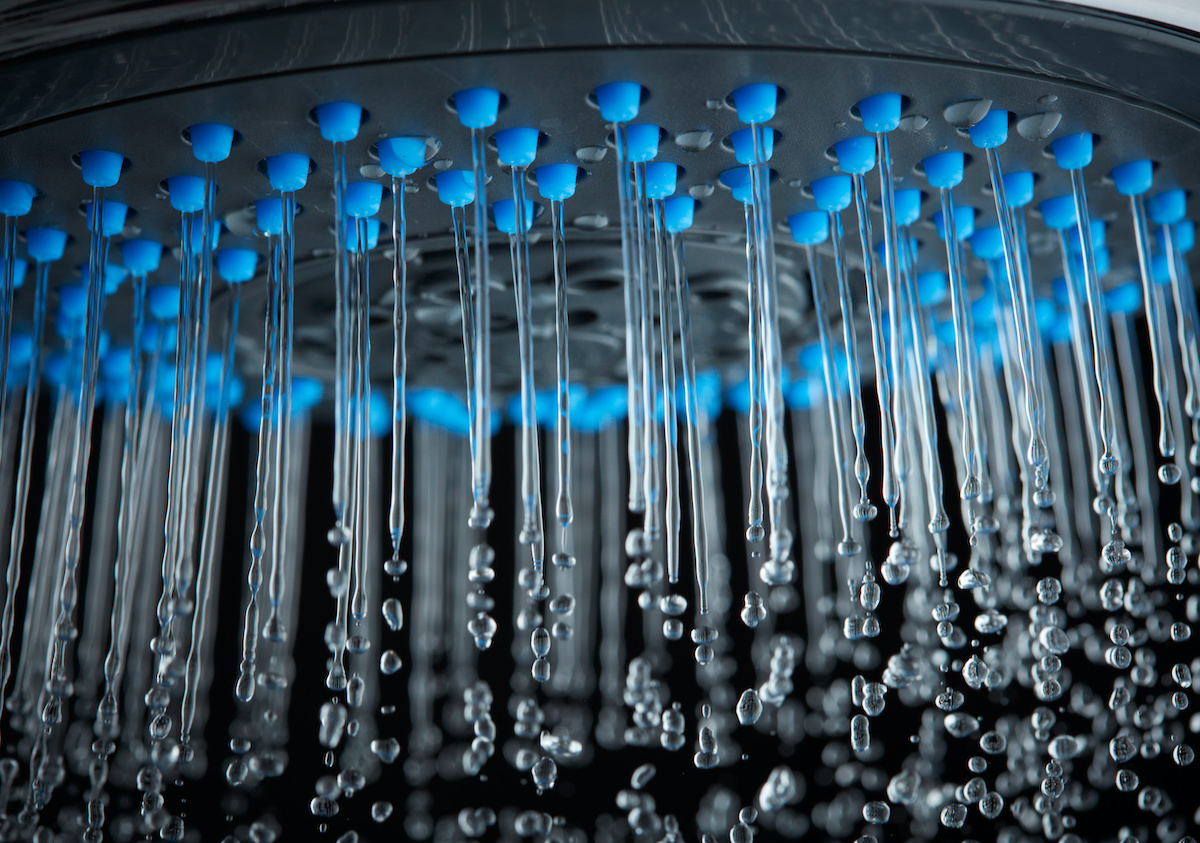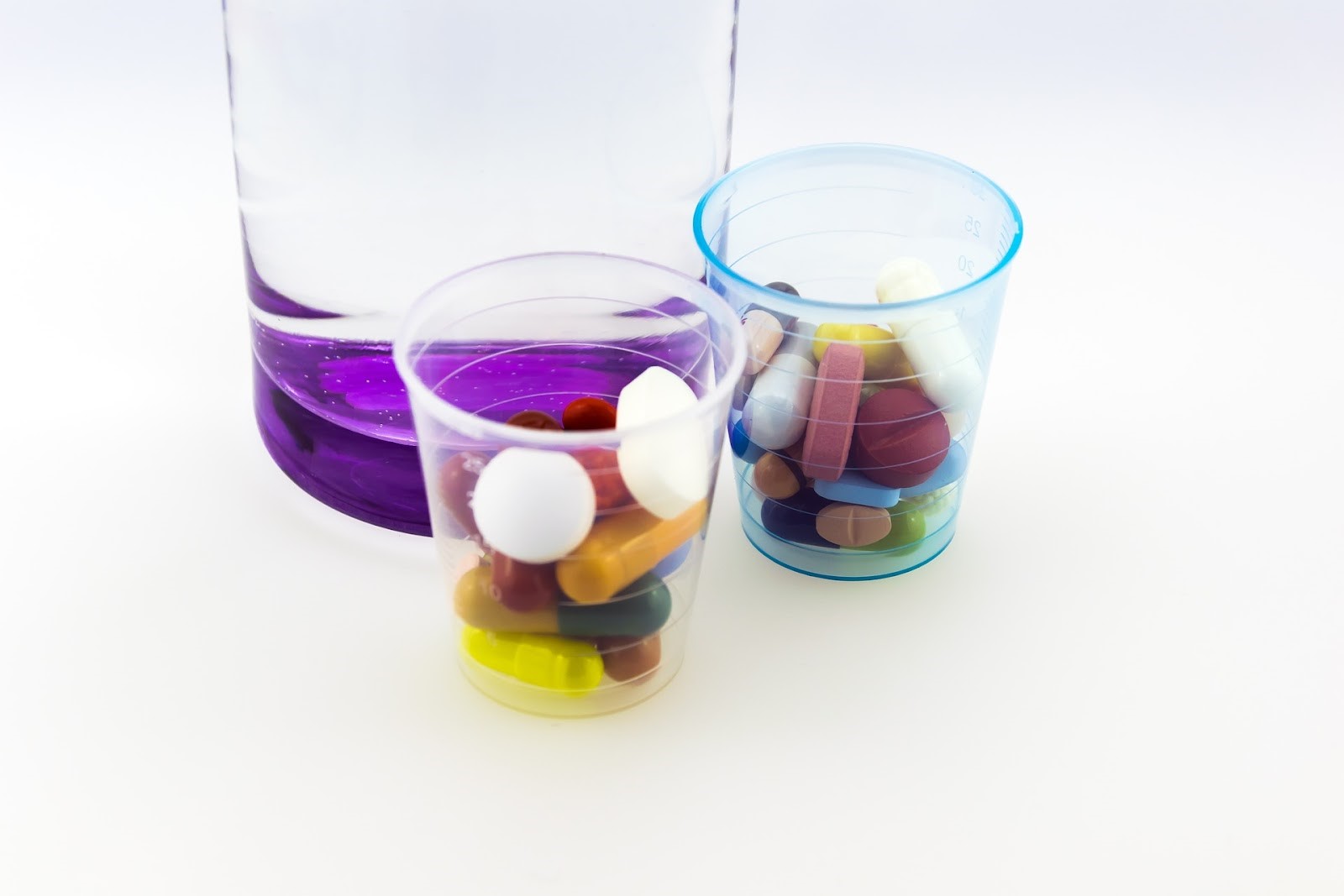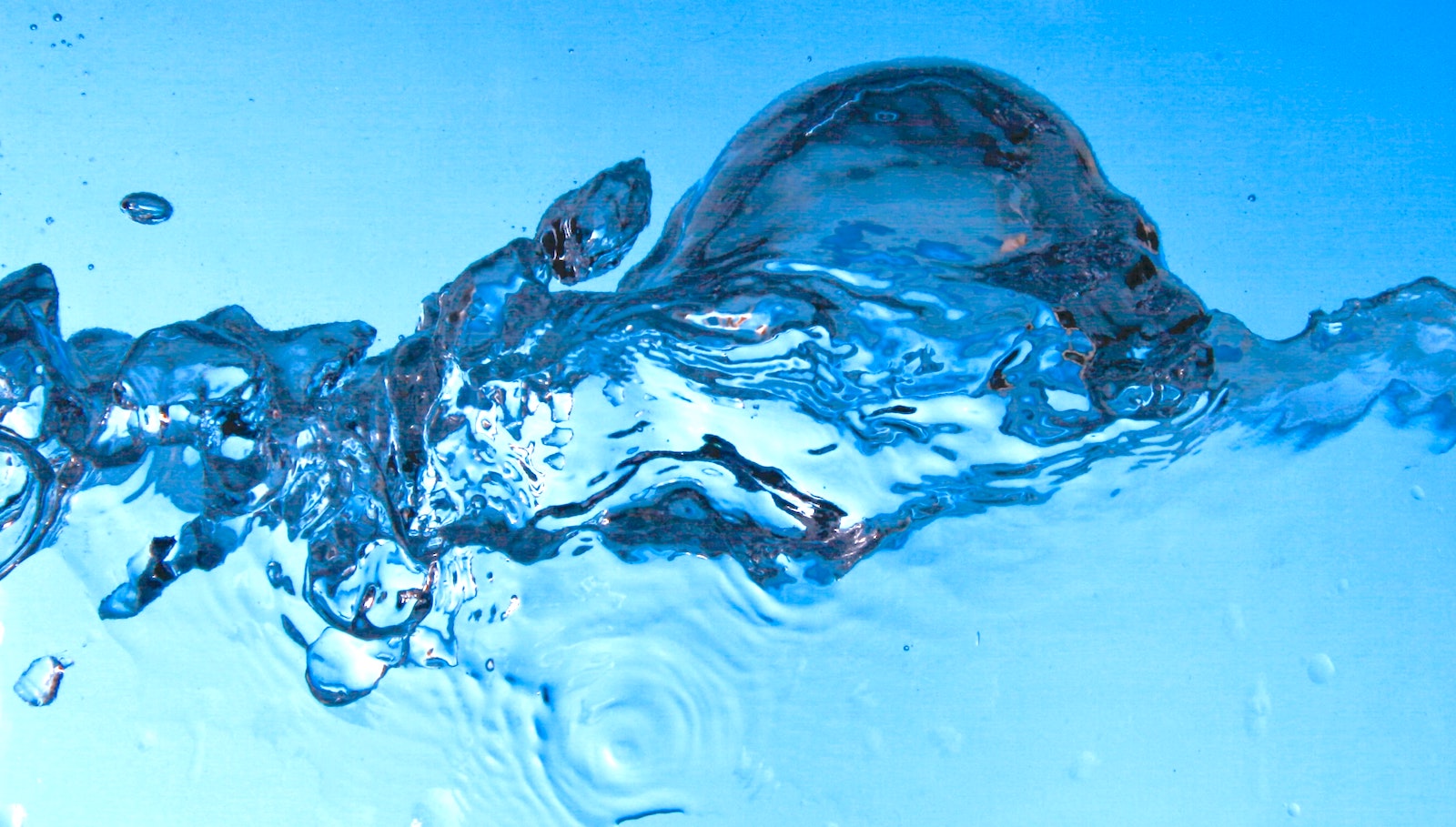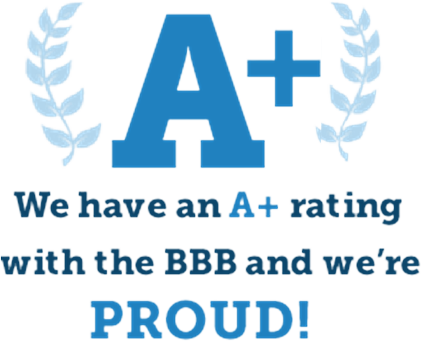
Have you ever wondered how clean water gets to your taps? Water treatment plants use the process of coagulation to clean water and make it safe for consumption and use.
Through the coagulation process, certain contaminants will be removed from the water in conjunction with sedimentation, disinfection, and filtration processes.
High-quality water is essential for economic, social, and health development. However, as the world’s population keeps growing, clean water supply is continually becoming a challenge.
To curb this problem, processes like water coagulation are implemented. According to UN-Water, their research shows 50% of household water is not treated safely.
In this blog, we will look at coagulation as a water treatment method, its importance, and the contaminants eliminated during the process.
Importance of Water Treatment
Water treatment entails different operations, among them is coagulation. They can either be physiochemical, chemical, or physical.
Shortages in drinking water brought about water treatment. Research shows that about 0.4% of the 2.5% of freshwater is unsafe for drinking.
Therefore, the main reason why water is treated is to eliminate contaminants so that the water is fit for drinking.
What is a Coagulant?
A coagulant is defined as an organic or inorganic that initiates the congealing process during water treatment.
Coagulants are used during the coagulation process, and they aid in cleaning the water and removing the contaminants.

Examples of coagulants used in water treatment include iron and aluminum salts like ferric chloride, aluminum sulfate, and ferric sulfate.
These chemicals aid in the removal of suspended solids from drinking water. They neutralize the water as they are made of positively charged molecules.
Before we discuss how the coagulation process works, let us expound on the different types of coagulants and the forms in which they are used.
Here are 4 Common Types of Coagulants Used in Water Treatment
- Sodium Aluminate
- Ferric chloride
- Ferric sulfate
- Aluminum sulfate
Sodium Aluminate
This coagulant is a combination of aluminum oxide and sodium oxide. When it is in solid form, it contains 70-80% sodium illuminate, and in liquid form, it has 30% sodium aluminate.
Aluminum Sulfate
Aluminum sulfate can be used during water treatment in a block, kibbled, or ground form.
When added to alkaline water containing calcium bicarbonate, it produces aluminum hydroxide floc.
Ferric Sulfate
If Aluminum Sulfate is not available, Ferric Sulfate is the best alternative. It is often used together with chlorine, and it produces a denser floc than its counterpart, Aluminum sulfate.
However, the hydroxide sludge produced by Ferric Sulfate is heavier.
Ferric Chloride
This is a great alternative for ferric sulfate, but it is less popular because when the water has more chlorine, the corrosivity also increases.
How Does Coagulation Treatment Work
During water treatment, coagulation is usually done before filtration and sedimentation.
The coagulant is added to the water and evenly distributed throughout the water to be treated.
Like the name, this process entails the addition of a coagulant that contains positive charges.

The positive charges of the coagulant will then be neutralized by the negative charges of the suspended solids; hence the water is neutralized.
The suspended solids in the water will then coagulate or bind together to form clumps known as flocs. They will then sink to the bottom of the water then filtered out.
Various filtration processes can be used, such as microfiltration or ultrafiltration via a medium filter or a membrane.
How Do You Choose a Coagulant for Water Treatment?
Water treatment facilities usually select a coagulant based on its availability and affordability. Aluminum sulfate is the most affordable and readily available among all the coagulants.
Metal, biopolymer, and synthetic coagulants are also used. Natural biopolymer coagulants made from animals, fungus, and other plant sources can produce less sludge, and they are not toxic.
What Contaminants Are Removed During Coagulation?
Various things are removed during the coagulation process before the water becomes clear.
However, the main ones are suspended solids and organic matter like bacteria, protozoa, iron, clay, algae, sand, and gravel.
When these contaminants are in the water in large amounts, they make the water have an unpleasant taste, and the color of the water becomes either orange or brown.
However, the coagulation process does not remove all contaminants in a certain time frame.
For this reason, other processes have to be incorporated during the water treatment.
Contaminants like sand and gravel take about two minutes to be neutralized, while in comparison, others like protozoa, clay, and algae may take up to 2 hours.
Did you know that it takes up to 8 days for bacteria and algae of 1 micron to coagulate and collect at the bottom of the water? Viruses with 0.1 microns may take up to 2 years to coagulate.
Because of these challenges, disinfection is used to kill the microorganisms before the coagulation process.
However, most pathogens will attach themselves to the coagulated particles and will be removed during filtration.
Remember that coagulation in water treatment is not a guarantee that the water is safe, but it is crucial.
When the suspended solids are removed, it is easier to disinfect the water and add chlorine.
Coagulation is a vital process in water treatment, but it cannot work alone. Other processes that should be done are disinfection, sedimentation, and filtration.
These ensure that your water is safe for drinking and general consumption.
Hire Serv-All Water Conditioning to Treat Your Water
Do you live in Las Vegas and look for reliable water treatment contractors? Your search has come to an end.
Serve-All Water Conditioning is a team of professional water treatment contractors specializing in water treatment systems, including repairs and installations of water softeners.

They also repair and install reverse osmosis systems, leak detectors, and water filtration systems.
Not only does Serve-All Water Conditioning repair and install, but they also diagnose and offer you solutions based on your budget.
Do you want a free estimate on new equipment or a service call on all your existing systems? Call Serv-All Water Conditioning today via their contact number: (702) 737-1957









